- عنوان: Nuclear Electronics with Quantum Cryogenic Detectors
- نویسنده: Vladimir Polushkin
- حوزه: هستهای
- سال انتشار: 2022
- تعداد صفحه: 438
- زبان اصلی انگلیسی
- نوع فایل: pdf
- حجم فایل: 23.67 مگابایت
الکترونیک هسته ای به عنوان یک زمینه علمی سهمی حیاتی در زندگی روزمره ما دارد. حتی عموم مردم غیر فنی نیز بسیاری از کاربردهای این رشته و اهمیت آنها را برای جامعه ما تشخیص می دهند، به عنوان مثال. سیستمهایی که عملکرد و ایمنی راکتورهای هستهای را در نیروگاهها، موتورهای کشتی یا زیردریاییها حفظ میکنند، دستگاههای تصویربرداری تشدید مغناطیسی هستهای (MRI)، اسکنرهای توموگرافی کنترلشده کامپیوتری در پزشکی، تلسکوپهای بزرگ در اخترفیزیک. ابزارهای تحلیلی هسته ای کمتر شناخته شده، اما به همان اندازه مهم، ایمنی مواد غذایی در قفسه های سوپرمارکت، امنیت فرودگاه های ما، تحقیقات پزشکی قانونی باقیمانده ها در جرم شناسی، نظارت بر کیفیت بنزین، و بسیاری از موارد دیگر را تضمین می کنند. پیشرفت تکنولوژی در نانوتکنولوژی، علوم زیستی، بیوشیمی، بوم شناسی، پزشکی، نیمه هادی ها، سنجش از دور بیشتر و بیشتر به اطلاعاتی که به طور منحصر به فرد از حسگرهای تشعشعات هسته ای به دست می آید، وابسته شده است. اطلاعاتی که آنها تولید میکنند میتواند ترکیب شیمیایی نمونههای مختلف، یا ساختار کریستالی، یا مورفولوژی سطح، یا تشخیص و مشخصهیابی لایههای منفرد در یک تشکیل چندلایه، یا توزیع جرم در نمونههای مولکولی یا ساختار DNA باشد. امکانات، در حال حاضر بسیار چشمگیر، هنوز هم به سرعت گسترش می یابد، عملا به صورت روزانه. علاوه بر این، تقریباً در تمام برنامههای کاربردی شناخته شده، تقاضای فزایندهای برای تجزیه و تحلیل دقیقتر همراه با بهبود بهرهوری برای اسکن افزایش حجم نمونهها در واحد زمان وجود دارد. برای برآورده کردن این تقاضا، متخصصان الکترونیک هستهای تحقیقات مستمری را در مورد تکنیکهای جدید تشخیص پیشرفتهتر انجام میدهند و آنهایی را که در حال حاضر وجود دارند برای ارائه بهترین وضوح ممکن، توان عملیاتی، کارایی تشخیص، پایداری عملکرد و تکرارپذیری دادهها کامل میکنند.
Nuclear Electronics as a scientific field makes a vital contribution to our everyday life. Even the non-technical general public would recognize many applications of the discipline and their significance for our society, e.g. systems that sustain operation and safety of nuclear reactors in power stations, ship engines, or submarines, Nuclear Magnetic Resonance Imaging (MRI) machines, Computed Controlled Tomography Scanners in medicine, large telescopes in Astrophysics. Less known, but equally critically important nuclear analytical instruments ensure the food safety on supermarket shelves, security of our airports, forensic investigations of residues in criminalistics, monitoring petrol quality, and many other implementations. The technological advance in nanotechnology, life science, biochemistry, ecology, medicine, semiconductors, remote sensing has become more and more dependent on the information which comes uniquely from the nuclear radiation sensors. The information they produce can either be a chemical composition of various samples, or a crystal structure, or a surface morphology, or recognition and characterization of individual layers in a multilayer formation, or a mass distribution in molecular specimens, or DNA structure. The possibilities, already very impressive, still expand rapidly, practically on the daily basis. Besides, in almost all already known applications, there is an ever-pressing demand for more detailed analysis combined with improved productivity to scan increasing volumes of samples per unit time. To meet this demand, Nuclear Electronics specialists conduct continuous research into new more advanced detection techniques and perfect those that already exist to deliver the best possible resolution, throughput, detection efficiency, performance stability, and data reproducibility.
این کتاب را میتوانید بصورت رایگان از لینک زیر دانلود نمایید.
Download: Nuclear Electronics with Quantum Cryogenic Detectors







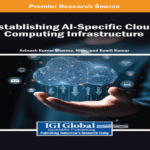
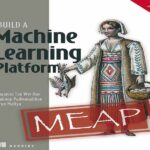




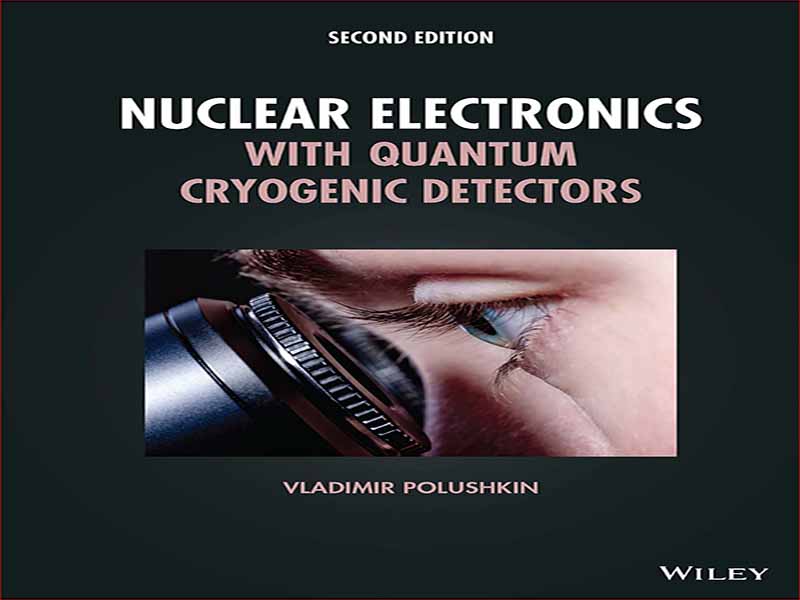




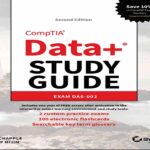
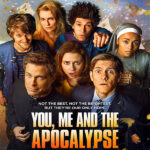















نظرات کاربران